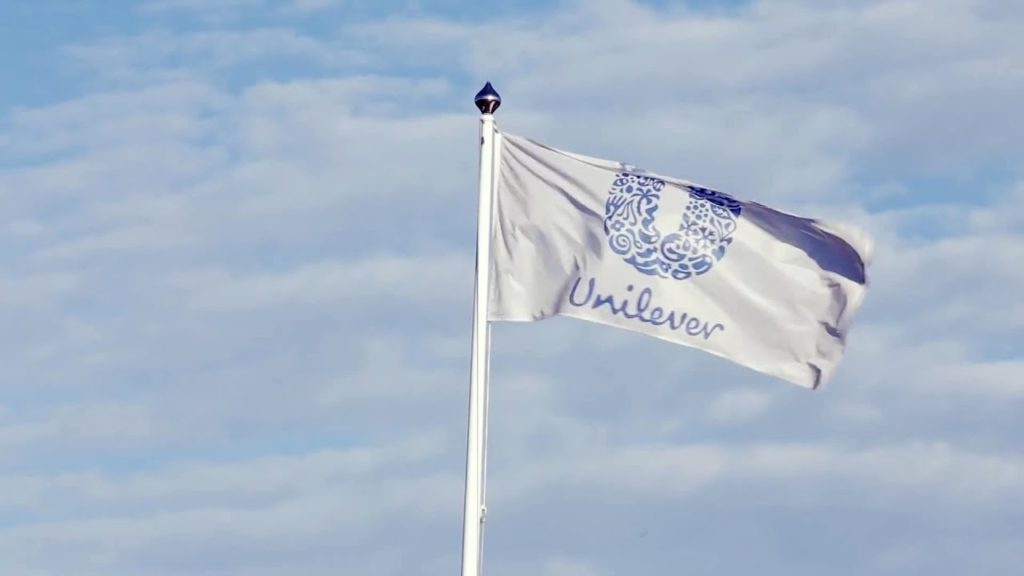
Case study: Rand Mutual Assurance
In 1886, gold was discovered in Johannesburg, South Africa. This had a profound impact on the region as businesses and industries thrived around the newfound resource. One such business was Rand Mutual Assurance (RMA), an insurance company aimed at assuring that mine workers and their families were covered against the worst risks of the fledgling mining industry. Since then, RMA has expanded its coverage to include employees of metal engineering companies, and it has plans to expand even further in the coming years into additional sectors.
Much of the company’s growth has come in the last two years, during which time RMA has increased its employee count from 200 to 500 full-time workers. RMA expects that number to double or triple again in the coming years as expansion into new markets continues. As this phase of rapid growth began, RMA saw the need for detailed, actionable insights regarding employee engagement and patterns of work. Of particular importance to CEO Jay Singh was the ability to uncover what habits and behaviors led to higher employee engagement and improved productivity.
The existing system through which leaders could understand employee behavior relied on a single annual performance appraisal review. Administered by managerial staff, these appraisal reports determined employees’ developmental and promotional opportunities, transfer eligibility, and even the amounts they could expect as annual salary increases or bonuses. Managers lacked deep insight into employee engagement and company-wide patterns, and employees themselves wanted more visibility into the system.
To improve the process and address the concerns of its workforce, RMA hired George Honiball as its new Talent Manager. Collaborating with Singh and the company’s IT leadership, Honiball helped identify Microsoft Workplace Analytics as the solution that best fit the company’s needs.
Discerning reality from perception
Workplace Analytics analyzes aggregated, de-identified metadata from everyday activities in Microsoft Office 365 to identify work patterns that impact productivity, collaboration, and employee engagement. Trusted cloud security and built-in privacy safeguards enable organizations to maintain compliance with industry and regional requirements.
RMA sees Workplace Analytics as an ideal tool to help the company optimize productivity by measuring the impact of meetings, employee networks, information silos, and more in order to uncover what is working best and replicate it. Because every department at RMA has a unique system for measuring transactional data, a quantifiable view of employee productivity can be highly impactful. “Often, the employees we think are high performers and those who turn out to be high performers are different,” says Honiball. “It’s important to be able to drill down into the information at the heart of performance. Workplace Analytics helps us unlock the hidden talent and potential within our workforce. It shows us the people doing wonderful work that we might have overlooked before.”
Armed with actionable insights, managers can encourage positive work habits or course-correct departmental imbalances as they arise. And they can harness Workplace Analytics’ sister tool, Microsoft MyAnalytics—a personalized productivity assistant that delivers private insights about work habits directly to employees—to help people visualize their results and track how they change over time.
RMA leaders are using these insights to drive business outcomes, fuel employee engagement, and simultaneously reduce the company’s reliance on annual performance appraisals. Thanks to the company’s use of Workplace Analytics, employee talent measurements are now triangulated through the use of multiple targeted sources.
“Workplace Analytics helps us to identify the most important competencies of our top performers that contribute most directly to business success,” says Honiball. “This allows us to improve the performance of other employees by encouraging them to learn and practice these skills. We can also now more easily identify potential new hires that already possess these competencies, interests, and values.”
Gaining perspective
RMA aimed its initial use of Workplace Analytics to two key areas: enhancing internal departmental collaboration and understanding the impact of management transitions on team dynamics.
In the information and communication technology (ICT) department, where poor internal communication, lack of ownership, and missed deadlines were contributing to an “us versus them” mentality between departmental employees and the rest of the business, RMA changed reporting lines. Under the new system, specialists report directly to subject matter experts, with the hoped-for result of improved accountability, quality assurance, and focus. Using Workplace Analytics, the company began measuring collaboration hours, the number of emails sent each day, the weekly span in which employees engaged in work, and how frequently each group of employees attended meetings. If leadership could use Workplace Analytics to determine which of these factors had contributed to possible failure, adjustments and improvements could be made.
Over in the Contact Center, a long-time manager was leaving the company. RMA wanted to understand the impact shifting leadership had on the team’s productivity. By tracking team collaboration hours during the departing manager’s last few months of employment, during the three-month search for his replacement, and upon the new manager’s arrival, the company would be able to visualize management’s influence upon a group of roles, along with the impact the changes had on team efficiency and effectiveness.
Acting on data-driven insights
As the weeks passed and data was analyzed, the ICT department and the Contact Center began to gather key insights. In ICT, employees who attended more face-to-face meetings and relied less on email interactions emerged as better collaborators, whether they were communicating inside the department or with key stakeholders across the business. Shorter meetings with fewer participants also contributed to improved performance.
In response to these metrics, the general manager asked management staff to take an active role in establishing regular, shorter meetings with employees. On average, the department increased the number of meetings it held each week by 25 percent, with a significant 83 percent increase among system management employees. The result was a 22 percent improvement in internal ICT collaboration and a corresponding 21 percent increase in cross-departmental collaboration as employees built accountability and healthier relationships through more personal connections.
In the Contact Center, metrics showed that weekly collaboration hours increased by 30 minutes when the interim manager took over, and an additional 40 minutes once the new manager came onboard. Taken alone, this would have been a very good thing. But during the interim manager’s tenure, RMA saw a potentially detrimental three-hour-per-week spike in collaboration among Team Leads, the employees responsible for reporting to the manager. These individuals had taken on too many new tasks, and their increased collaboration hours were beginning to eat into their productivity. Sharing this insight with the incoming manager, RMA was able to stabilize Team Lead workloads, reducing their collaboration time by over an hour each week.
The Contact Center also discovered a steady downward trend in collaboration among Service Consultants working in the field. For them, each new shift in management had resulted in a full hour of lost collaborative activities per week. With in-office collaboration improved, the new Manager turned his attention to these individuals, aiming to increase employee focus and the overall standard of customer service.
“We really value our ability to see how well change is being implemented,” says Honiball. “We might have been able to replicate past leadership decisions before we used Workplace Analytics, but now we can accurately measure how employees respond to these decisions and both the effectiveness and impact of these changes.”
From knowledge to empowerment
In addition to insights focused on specific employee groups, RMA has used Workplace Analytics to affect large-scale change. Traditionally, the company’s individual departments have operated in silos. A year ago, cross-departmental collaboration was infrequent. By inputting historical data into Workplace Analytics, RMA identified the existing instances of cross-departmental collaboration and discovered they led to faster problem solving and more creative solutions. As a result, RMA implemented the Future Leaders Program, which brings in outside experts and encourages employees to reach across the departmental divide, identify organizational problems, and collaborate on innovative solutions that bring about positive change within the business. Now entering its second year, the program has been a resounding success.
RMA has also begun to develop a series of policies designed to set employees up for success. These policies are not simply blanket companywide instructions, but career paths based on the practices of their own successful peers and broken down by department, employment level, and function to provide employees with a potential launch pad for their career plans. Employee adherence to these paths could in turn also improve the company’s customer experience, shortening claim resolution times and reducing the number of outbound calls that fall within inopportune hours.
“Workplace Analytics has become a key factor in our ability to measure the effectiveness of internal change,” says Honiball. “I recommend it to any organization looking to implement change because you can tangibly measure the effectiveness of interactions over time.”




